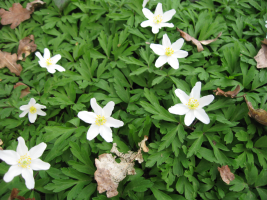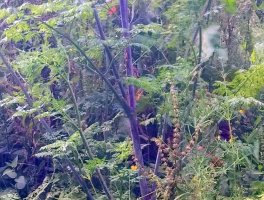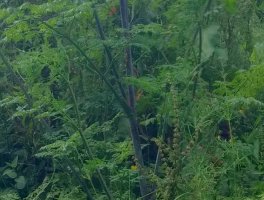On at least three occasions, people that I know in the UK have told me that they have seen a hummingbird in their garden. I have to tell them that we don’t actually have hummingbirds in the Old World, but what they have seen is no less remarkable – it’s a Hummingbird Hawk Moth, which, with its large size, thrumming wings and zig-zag flight pattern is easily mistaken for a small bird. I have always been a little jealous because in all my wanderings I have never seen a Hummingbird Hawk Moth for myself. Then, a few weeks ago, I finally saw one feeding on Red Valerian in my parents’ garden. I heard the moth before I saw it, a low-pitched buzzing like a giant bee, and just had time to see the blur of copper wings, and to take in the furry body and the long, long tongue before the moth moved on, at speed. Its caterpillar is no less remarkable, and these moths have been seen laying their eggs on Red Valerian as well as feeding on it, so if you see a patch of the plant, have a good look! You can tell a Hummingbird Hawk Moth caterpillar by the distinctive blue and orange spine at the back end.





























